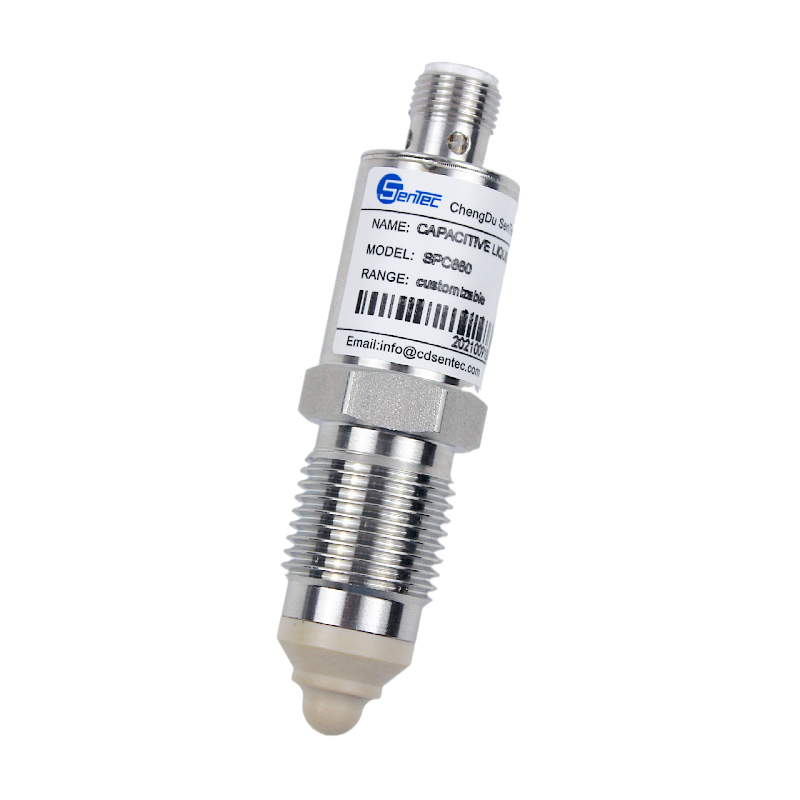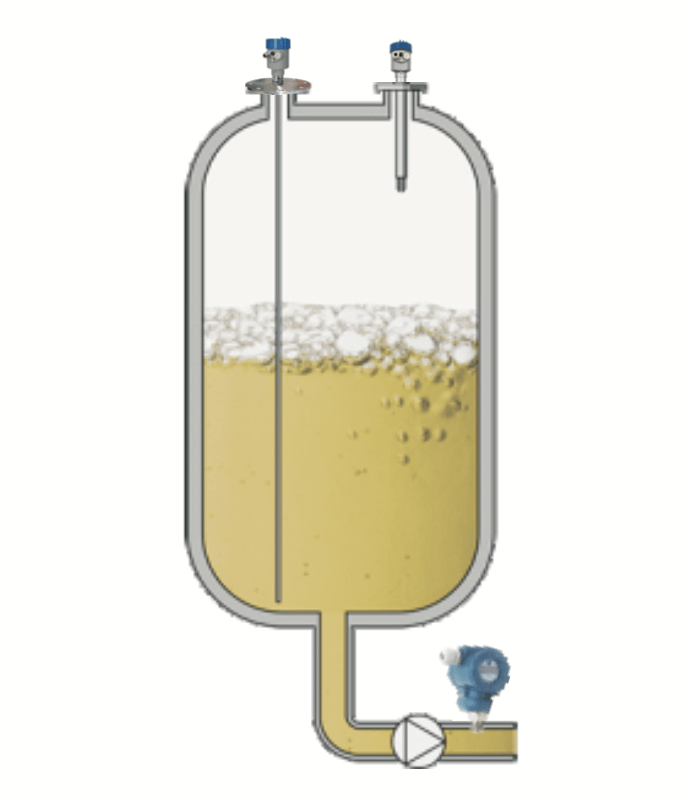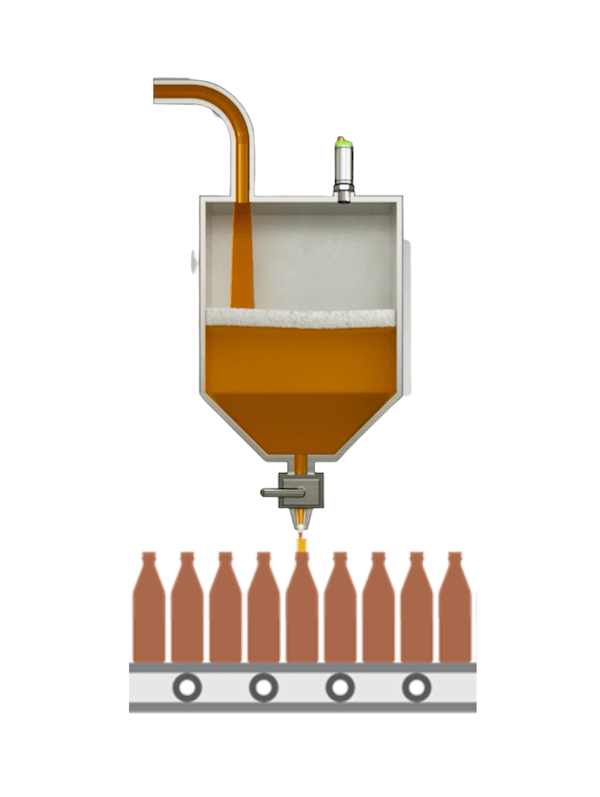
- Tel: +86 28 87436908
- Email: info@cdsentec.com
When it comes to beer brewing, process instruments play a crucial role in ensuring consistent quality and efficient production. Whether it’s squeezing, fermentation, storage, or filling, SenTec level, pressure, and flow sensors ensure reliable brewing production processes and consistent quality.
In the process of beer brewing, various process sensors are required to monitor beer cans, raw material warehouses, malt steam pots, yeast separators, etc to optimize raw material usage, controlling temperatures, reducing energy and extract loss in food industry.
After fermentation, remove most of the yeast in the separator and store the draft beer. At this point, continuous cooling is required. Subsequently, the draft beer is pumped to the filtration system. Overpressure, limit and liquid level will be continuously monitored in the draft beer storage tank
Hops bring a typical beer aroma to beer. Therefore, an appropriate dosage of hops is crucial for the flavor of the finished product. Mix malt juice and hops together and cook them in a malt juice steamer. To ensure reliable control of hop dosage and cooking process, the process integrates liquid level and pressure measurements.
To prepare malt in a rough mill for crushing. Depending on the brewing process, wet or dry roughing mills may be used. During the grinding process, it is important to ensure continuous input of malt. If the grinder is running without malt, it will increase wear and cause the grinder to malfunction. To avoid idling, the limit will be monitored.
When beer is fermented in a fermentation tank, it produces CO2. In order to improve production efficiency, it needs to be extracted for use in the subsequent filling process. Therefore, the brewing process typically includes CO2 recovery devices. The first step of recycling is the defoamer, where CO2 is introduced into a small tank with water inside, in order to filter out potential residues from the gas generated during the fermentation process. In this process, foam will be generated. If too much foam is generated, it must be washed as soon as possible. The flushing is carried out through a spray ball, which sprays extremely fine water column into the tank to reduce foam. Through limit detection, the flushing process can be ensured to be safe and reliable.
The hygienic process instruments sensor can be used in various areas of the brewing process to optimize raw material usage, controlling temperatures, reducing energy and extract loss, ensuring reliable level measurement, optimizing cleaning processes, and monitoring resource usage for conservation initiatives.
CIP (Clean-in-Place) cleaning is a vital process in the brewing industry that ensures the cleanliness and hygiene of brewing equipment without the need for disassembly.

Condense the pipeline water evaporated in the steam separator in the condenser to pure water. A cooling system is installed in the condenser to cool and condense the steam. The supply of coolant will be monitored in the pipeline. By limiting the measurement, it is ensured that there is sufficient condensate water so that no steam directly enters the circulation of the reserve tank.
In the production process of purified water, tap water is first fed into the steam separator. The tap water evaporates there and is then sent to the condenser. Evaporation is achieved by a heat exchanger that supplies saturated steam. To ensure that the heat exchanger is always flooded with pipeline water, it is necessary to reliably monitor the limit. In order to achieve maximum efficiency, the pressure inside the steam separator must be kept constant.
Purified water is used for CIP cleaning of production equipment. This water is produced through filtration and distillation, and then temporarily stored in a water tank. Absolute sterility and cleaning ability are the main requirements for all instrument components that come into direct contact with the medium. This also applies to measuring instruments for measuring liquid level and pressure in storage tanks.
The process technology equipment in the food processing industry adopts validated “in place cleaning (CIP) The process of cleaning ensures that the production container is in a sterile state. Here, sodium hydroxide solution or concentrated acid is usually used as the cleaning agent, which is stored in the storage tank of the on-site cleaning equipment and diluted in the production container. The storage of the cleaning agent can be best controlled through liquid level measurement. Limit measuring instruments are used to prevent overflow and dry operation.
During the CIP process, various process instruments can be used to monitor and control factors such as temperature, flow rate, and chemical concentration. This ensures that the cleaning solution is effective and that the equipment is thoroughly cleaned.
Process instruments during the cleaning process of reserve containers and beer bottles for beer canning improve efficiency, reduce cleaning time, and minimize water and chemical usage

Beer is stored in the reserve container of the filling machine. To achieve the best filling process, it is necessary to reliably measure the liquid level. Limit sensors can prevent dry operation.
Before filling beer, the bottle needs to be thoroughly cleaned. These bottles are fed into the system and alkaline water is injected into the water tank of the cleaning equipment to remove all coarse dirt and pollutants. Subsequently, rinse the beer bottle with high-pressure nozzles with different temperatures to remove residual dirt and alkaline water. To ensure optimal operation of the equipment, static pressure monitoring of the liquid level in the water tank will be carried out. In addition, the pressure in the input pipeline to the pool and the pressure in the nozzle pipeline during water flushing will be measured.
Process instruments play a crucial role in the beer canning process. They are used to monitor and control various factors to ensure the quality and efficiency of the process.
SenTec online resource library is a place you can know more knowledge from video, cases study, e-book etc.